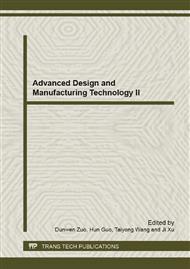p.164
p.169
p.174
p.183
p.193
p.202
p.208
p.216
p.222
Reflection and Refraction of Coupled Transverse and Micro-Rotational Wave at Interface between Two Micropolar Elastic Solid
Abstract:
Using the model of micropolar generalized magneto-thermo-elasticity, the coupled transverse and micro-rotational wave at an interface between two micropolar solid mediums is discussed in the presence of a constant magnetic field. The model can be applied to the coupled theory as well as to five generalizations: the Lord-Shulman theory with one relaxation time, the Green-Lindsay theory with two relaxation times, the Green-Naghdi theories of type II(without energy dissipation) and of type III, and the theory with dual-phase-lag. Using continuous conditions at the interface, the amplitude ratios of reflected and refracted longitudinal displacement waves, longitudinal micro-rotational waves and the coupled transverse and micro-rotational waves are studied for incident coupled transverse and micro-rotational wave. The effect of thermal relaxation is discussed for C-D theory, G-L theory and L-S theory. The numerical results show that the effects of thermal relaxation times are very significant on the amplitude ratios.
Info:
Periodical:
Pages:
193-201
Citation:
Online since:
March 2013
Authors:
Price:
Сopyright:
© 2013 Trans Tech Publications Ltd. All Rights Reserved
Share:
Citation:


